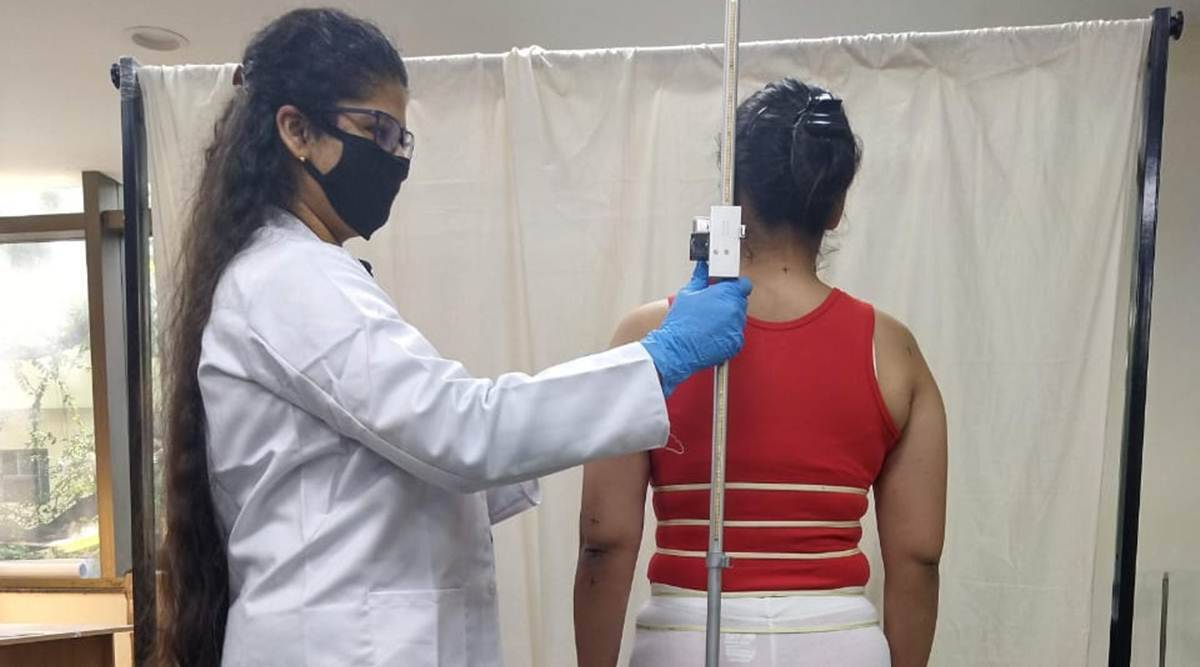While the project was announced in February 2019, it got delayed because of the pandemic.
WHAT exactly is a “size 14”? How does a “medium” tag in the US often fit a person with a “larger” physique in India?
To do away with this confusion, an India size survey, titled INDIAsize, was officially launched on Thursday. A joint initiative of the Ministry of Textiles and National Institute of Fashion Technology (NIFT), the aim of the project is to introduce a new standardised size chart for India in the ready-to-wear clothing sector.
While the project was announced in February 2019, it got delayed because of the pandemic.
“The textile sector is the second largest employer in the country and generates about Rs 140 billion, of which Rs 100 billion isfrom Indian consumers alone. We only export for about Rs 40 billion. The need for a standard sizing has been there for a while. Now with INDIAsize, we are conducting size surveys across six regions of India, namely Delhi, Chennai, Mumbai, Hyderabad, Shillong and Kolkata,” said Upendra Prasad Singh, Secretary, Textiles.
“The new sizing chart will have a size identification number, which will be created by mapping, categorisation and defining of the body size and type. Currently, only about 18 countries in the world have their own sizing charts,” said Singh.
The Delhi leg of the survey is currently underway, and aims to reach about 5,700 participants.
“We are using about 100 anthropometric data points from each of the participants. The study, for us at NIFT, is also an exercise in scientific research. It will have participants from different age groups, income brackets and varied ethnicities. All this will help us to bring about a comprehensive and standardised size chart,” said Shantmanu, DG NIFT.
“To successfully gather anthropometric data from a sample population, we are using a safe 3D whole body scanner technology. It is following all international protocols of national sizing survey, and the sizing can then be used by the apparel industry,” he said.
The move for an “India specific” size chart is an echo of a global conversation doing the rounds of the fashion world. There has been a lot of criticism for labels of many international fast fashion brands, who use tags like small, large, medium and extra large to denote a body type.
“We Indians have a different body type when we compare to Europe. We don’t have such long arms for example. A size 39, may fit me on the shoulder, but the sleeves may hang by a mile. Also, we have encountered international discrepancies, where a particular size measures as medium for men, and the measurement is labelled as extra large for women,” said Shantmanu. “We hope the data can be used in many ways. Hopefully, creating our own shoe sizing system will be next”.
Initial findings from the survey will be made available in some months, and the whole exercise is scheduled to be completed by the end of 2022.
The new size survey has received support from the Clothing Manufacturers Association Of India (CMAI). There are plans to get international clothing brands to subscribe and adhere to the new sizing chart.
“It’s good business sense. A lot of money and energy is spent just returning ill-fitting and wrong-sized clothes. Brands like H&M have shown a positive interest in the move,” said Noopur Anand, professor, NIFT and principal investigator of the project.
The INDIAsize survey is part of a larger “fibre-to-fashion” initiative of the Ministry of Textiles. “We want to focus on the larger fibre-to-fashion narrative. There is a lot to be done. We want to focus on the technical aspect of textiles. Also, there are plans to create seven dedicated textile parks and our own machinery for textile production, we import a lot of it,” said Singh.





































